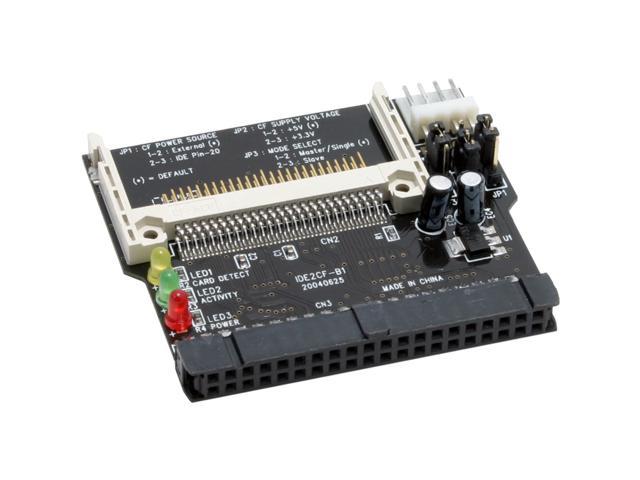First post, by mscdex
About a year ago I came into possession of the guts from an old Packard Bell 430VX-based system. My goal is to get the best disk speed I can from this system. In Linux I can get at most mwdma2 (IIRC) with the 430VX chipset, which while slower than the fastest PIO mode, should be more efficient at least.
Unfortunately this motherboard is one of those where they relied on a sizable riser to provide all of the typical slots. The motherboard has a single EISA slot and the riser I have gives 3 16-bit ISA slots and 2 PCI slots. However, it would be nice to be able to just plug a PCI ide controller directly into that EISA slot that could do both udma and faster transfer speeds. Otherwise if there was a compact flash to EISA card directly (I'm currently using one of those CF->IDE adapters), that would be even better, then I could skip the PCI card entirely.
I tried searching around a bit for an open source hardware project that would do something like this (EISA->PCI or EISA CF card/adapter), but I wasn't able to find anything (or anything EISA-related for that matter). So I thought I'd check here to see if anyone here happened to know of such a project.


